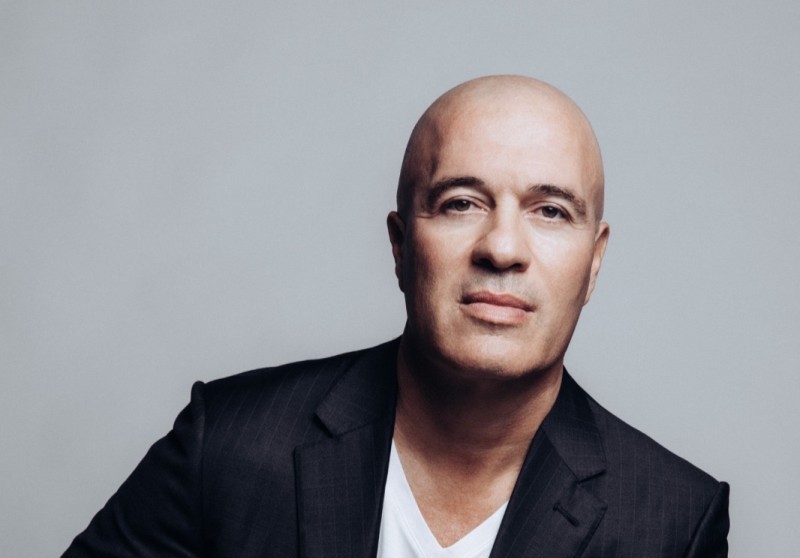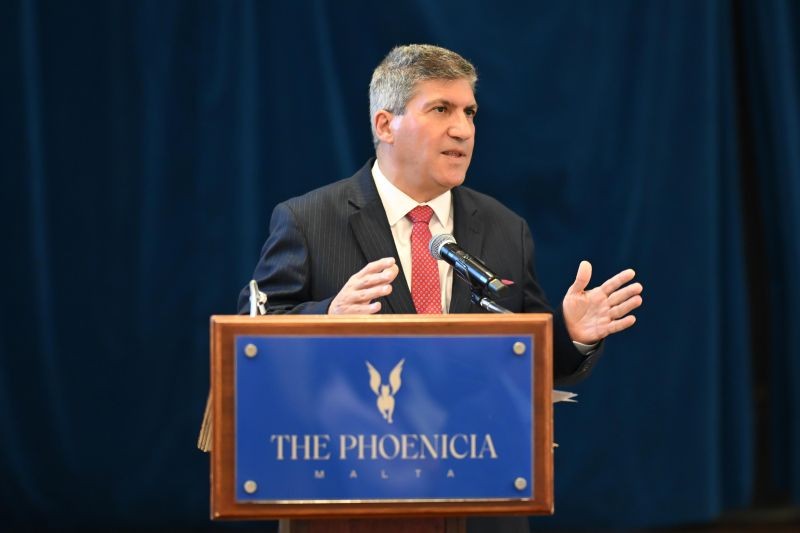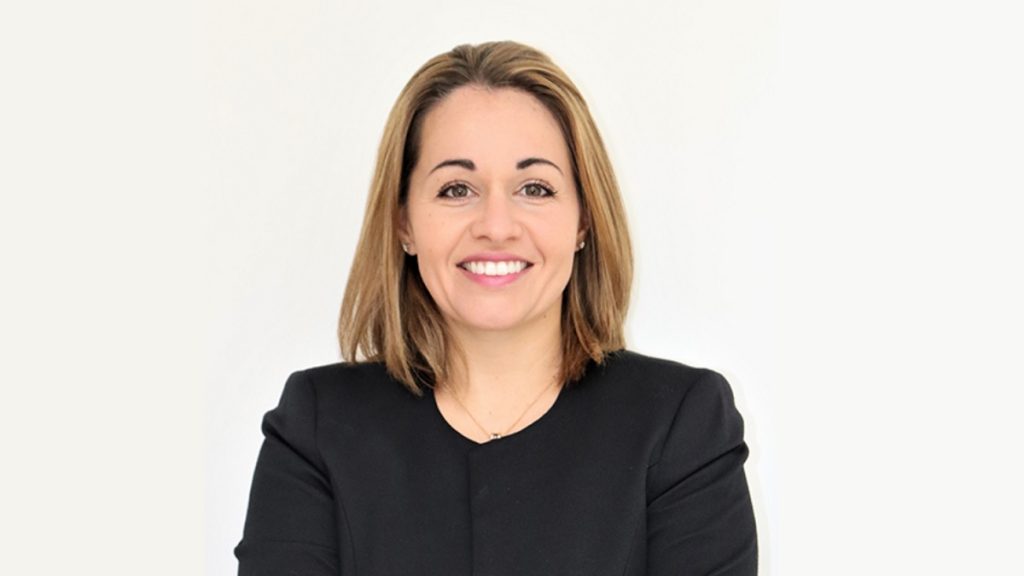As the new year approaches and a fresh chapter begins, many seek to start the year with a clean slate. This can be achieved by tying up loose ends, ensuring that you’re fully prepared for the challenges and opportunities ahead. Starting the year with clarity and closure will set the tone for a successful and productive year.
While this task may feel overwhelming, here is a practical checklist for leaders to refer to during this time of year:
1. Set a priority to-do list
First item on the checklist is to jot down a list of tasks and concerns that need to be addressed.
If the list feels overwhelming and you’re unsure where to begin, a simple solution is to categorise them based on urgency, or break them down into three groups: Top priority, to do later, and if I have time.
Additionally, having a separate list of deadlines can be useful to have on hand – not only to ensure nothing is forgotten but also to help you monitor your workload and avoid overburdening yourself, reducing the risk of burnout.
2. Sort the calendar
After completing the most urgent tasks, the next natural step should be to schedule the remaining tasks. This allows you to stay organised and on track. When planning, it’s important to prioritise key activities, but also to schedule important meetings and deadlines in a realistic manner. Avoid overbooking your calendar, as this can quickly lead to feeling overwhelmed. Equally important is to leave time for rest, as it ensures you maintain focus and productivity in the long run. Consider allocating specific blocks of time for tasks based on their priority, and don’t forget to include some buffer time for unexpected issues that may arise.
An effective strategy for balancing work and rest is the ‘time-blocking’ method. This involves dividing your day into chunks dedicated to particular tasks or meetings. Scheduling time for breaks and short respites during the day can also prevent burnout and help refresh your focus. Additionally, using a tool like a digital calendar or task manager can help you visualise your commitments, making it easier to see when to take a pause and when to power through.
By carefully scheduling tasks while considering both your workload and your well-being, you’ll ensure a smoother, more manageable workday.

3. 12-month evaluation
After sorting your immediate tasks, a valuable exercise would be to evaluate the past 12 months. Carrying out this exercise before the year ends ensures that you understand where you excelled and what mistakes to avoid taking with you in the coming year.
The evaluation should include three key components:
- Celebrating successes
Oftentimes, when reviewing the past few months, people tend to overlook successes and go evaluate only the mishaps and failures. Recognising and celebrating personal successes is critical for maintaining motivation and reinforcing personal leadership positions. This process boosts confidence and helps identify practices that have been successful and should be continued.
- Identifying areas of improvement
After reviewing successes it’s important to equally focus on areas of improvement. Reflecting different areas of leadership allows for a constructive approach to leadership development, where setbacks or mistakes become learning opportunities.
- Taking action
Identifying successes and challenges without addressing them would be futile. It is crucial to devise a plan to address the issues in the coming year. Seeking feedback from peers, mentors, or team members or engaging in leadership training or coaching could be a step in the right direction. Additionally, the process of setting new, more refined goals for the upcoming year can help keep leaders focused on growth.
4. Write an end-of-year memo
As you wrap up your work before stopping to celebrate the holiday season, take the time to recap your reflections and thinking in a company memo where you address the challenges and successes of the whole team. Furthermore, use the time to show gratitude to all employees as an acknowledgement to all the hard work pulled throughout the year.
While expressions of gratitude shouldn’t be limited to once a year, year-end gestures can motivate employees by helping them understand their impact within the company and making them feel valued.

5. Recharge mentally and physically Use the end of year period to rest, recharge and spend time with loved ones. During the time you can practise mindfulness, engage in hobbies or simply do nothing, as long as you manage to rest both mentally and physically.
Men still dominating Malta’s boardrooms
The gender imbalance across Malta’s corporate landscape remains striking.
Lara Falzon appointed CEO of Yolo Group’s B2B Brands
The experienced executive said the firm has 'enormous potential for innovation, strengthening partnerships and scaling across global markets'
Why The Phoenicia Malta is the perfect setting for summer events
The Phoenicia Malta blends five-star elegance with award-winning cuisine and exceptional hospitality to create the ideal setting for group events ...
Sophie-Ann Busuttil appointed Director at Luxury Living Technologies following tragic loss of her father
For the last two years she has served as head of the group’s Luxury Living Sustainable Hospitality Company.









